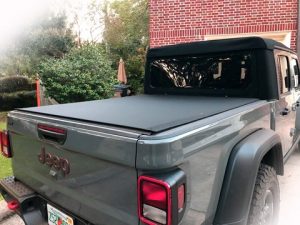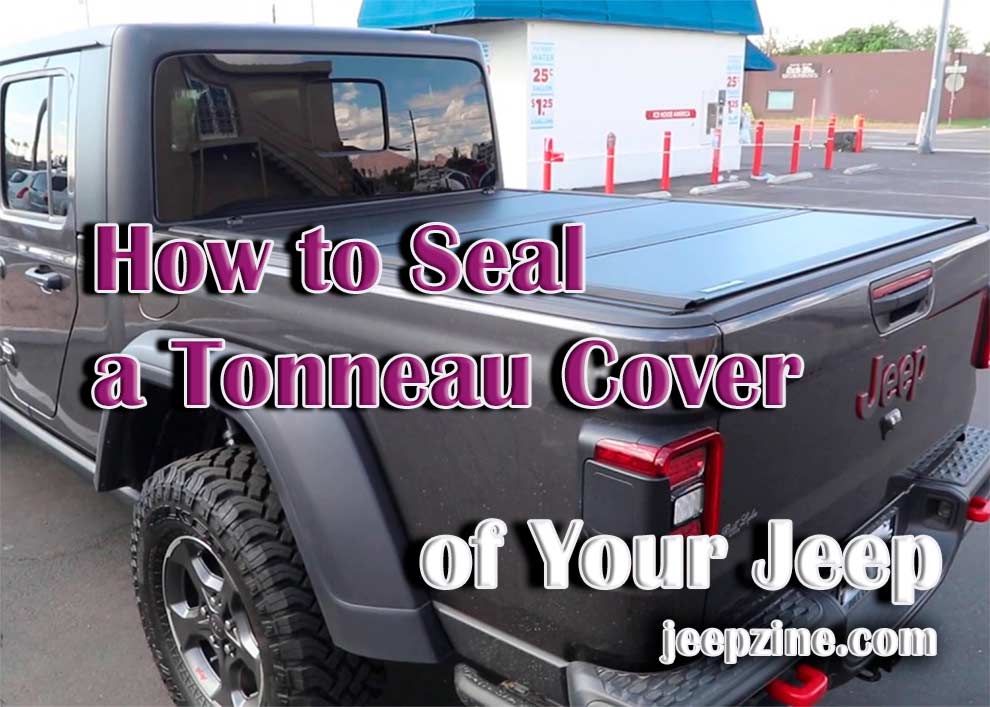Jeeps are one of the most versatile vehicles on the road today, with countless modifications that can be made to suit your needs. One common modification is a tonneau cover for those who want to use their Jeep as a truck or utility vehicle. Whether you have an older model or newer, sealing your tonneau cover is an easy way to maintain its appearance and keep it from getting dirty.
Tonneau covers are a great way to protect your bed and truck from dirt, debris, and water. They also help with security by ensuring that nothing can be tossed into the back of your vehicle. But if you’ve ever experienced a leaky or damaged tonneau cover, then you know how frustrating it is to see all of your hard work ruined! We will go over the steps for sealing a tonneau cover so that you don’t have to worry about leaks anymore.
Step One: Clean the Surface of Your Tonneau Cover
Tonneau covers are often used for many years and they can become dirty or stained from sun exposure. These stains will prevent your sealant from 
Step Two: Gather the Proper Materials
You will need a sealant that works with your tonneau cover and is appropriate for its size. You also need to purchase an alcohol prep pad or cleaning cloth, gloves, rubbing alcohol (for surfaces), paper towels, several rags or cotton balls, applicator brush/roller if needed, and a sealant applicator.
Step Three: Apply The Seal To Your Tonneau Cover
Now you’re ready to start applying the sealant! If your tonneau cover has any holes or damaged areas that are letting moisture in, then make sure to apply this area first so it doesn’t get worse during the application process. Wipe down the entire surface of the tonneau cover with your alcohol prep pad or cleaning cloth.
This will clean and remove any dirt, grime, or other particles that may be blocking the sealant from properly adhering to the surface. If you’re using a liquid sealer, then apply it in thin coats so as not to overload one area. If you’re using a compressed sealant, then follow the instructions to apply it correctly. Once your whole tonneau cover is covered with sealant, let dry for 24 hours and repeat steps one through three if necessary!
Step Four: Protect Your Tonneau Cover
Tonneau covers are often used year round in all types of weather conditions. If there are any water spots on the side of your jeep, they may have seeped underneath the tonneau cover because the seal has been broken from dirt or debris getting inside when opening up the bed completely in order to load something large into it. This is what makes them susceptible to damage or leaks from moisture- so make sure that you protect your sealant by using a coat of silicone or rubber sealant on the entire surface. This will give your product that extra protection to stand up against any type of weather and keep it from wearing away over time.


Add Comment